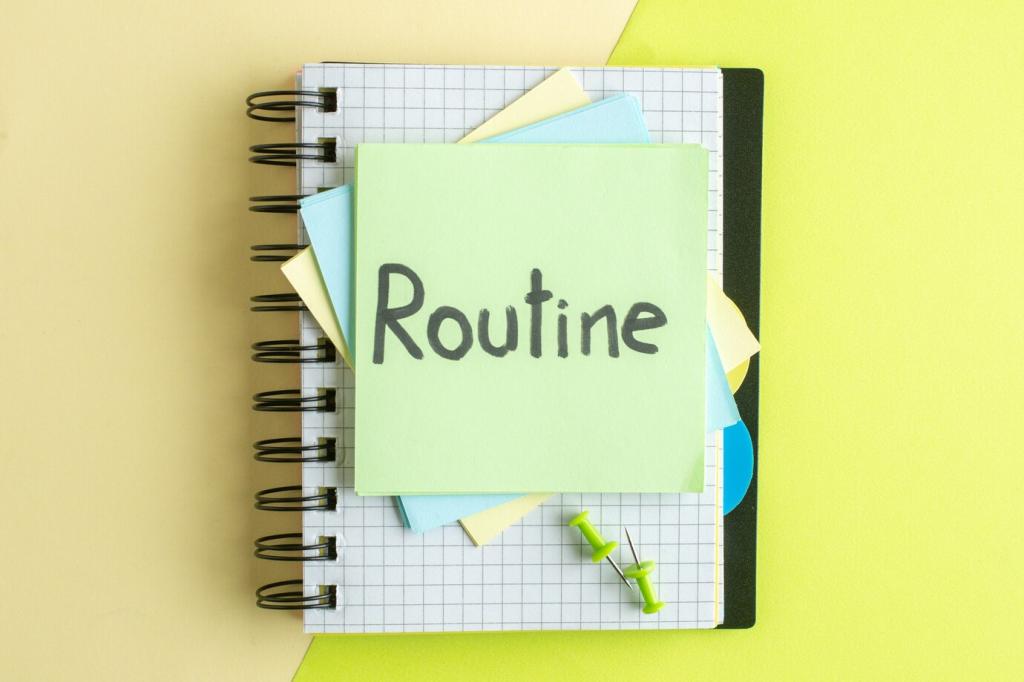Habit Stacking for Personal Growth: Build Lasting Change One Anchor at a Time
Theme selected: Habit Stacking for Personal Growth. Welcome to a focused space where tiny, well-placed actions compound into meaningful progress. Explore practical methods, stories, and science-backed tactics to stack habits onto routines you already have—and share your own stack to inspire others.

What Habit Stacking Is and Why It Works
A dependable cue triggers an immediate action. With habit stacking, your cue is a routine you already perform, like making coffee or brushing teeth. Because the cue is consistent, the new behavior becomes automatic faster and resists distraction and decision fatigue.



Example Stacks for Morning, Midday, and Evening
Morning Momentum
After I brush my teeth, I will drink a glass of water. After I make coffee, I will review my top three goals. Tiny morning stacks prime attention, energy, and intention so the rest of the day rides positive inertia rather than random busyness.
Midday Reset
After I close my laptop for lunch, I will take a five-minute walk. After I return, I will perform one minute of box breathing. These stacked resets lower stress, restore focus, and prevent the afternoon slump from quietly derailing personal growth.
Evening Wind-Down
After I set my phone to charge, I will write one line of gratitude. After I brush my teeth, I will place gym clothes by the door. Evening stacks gently cue sleep, close the loop on the day, and pre-load tomorrow’s success path.
Story: Maya’s 90-Day Growth Stack
Maya began with the smallest actions. After brewing tea, she wrote one priority. After brushing teeth, she did one squat. The tiny scale kept her consistent during busy days, and the visible wins sparked an identity shift: “I am someone who follows through.”
Story: Maya’s 90-Day Growth Stack
She attached learning to lunchtime: after washing dishes, she read one page. She added reflection at night: after plugging in her phone, she journaled for two minutes. By keeping additions small, she avoided burnout and noticed compounding focus and calm.



Common Pitfalls and How to Avoid Them
Adding too many behaviors at once looks ambitious but overwhelms attention. Start with one or two links, stabilize for two weeks, then consider a tiny addition. Progress you can sustain beats bursts that fade and erode confidence in personal growth.
Common Pitfalls and How to Avoid Them
Anchors like “after work” are inconsistent. Choose precise cues: after I hang my keys, after I pour water, or after I open my planner. Specificity keeps your brain from negotiating and reduces skipped days caused by shifting schedules or moods.
